Gerbera Profile
Written by admin
Dec 13 2022
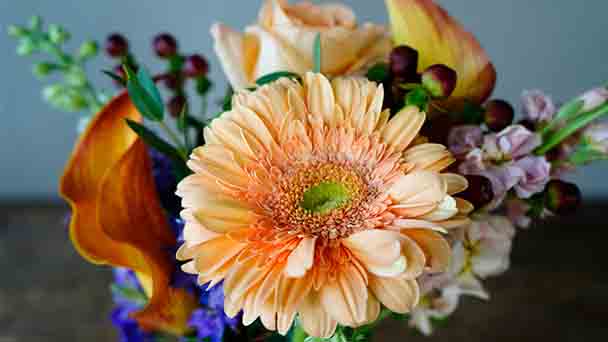
Gerbera is a perennial and hairy herb of the Compositae family. Its rhizome is short, surrounded by remnant petioles, with thick fibrous roots. Gerbera's leaves are basal, rosette-like, leaves are oblong to oblong, tips are short or slightly obtuse, petioles have thick longitudinal edges, and several hairs; scapes are solitary, or rare in clusters, without bracts; hairs The densest at the top, the head is solitary on the top of the scape; the involucre is bell-shaped, the receptacle is flat, bare, honeycomb; the corolla tube is short, the anther has a long pointed tail; the achene is cylindrical, densely covered with white and soft Hair; crested hair is slightly rough, dirty white when fresh, light brown when dry, united at the base. The flowering period of gerbera is generally from November to April of the following year.
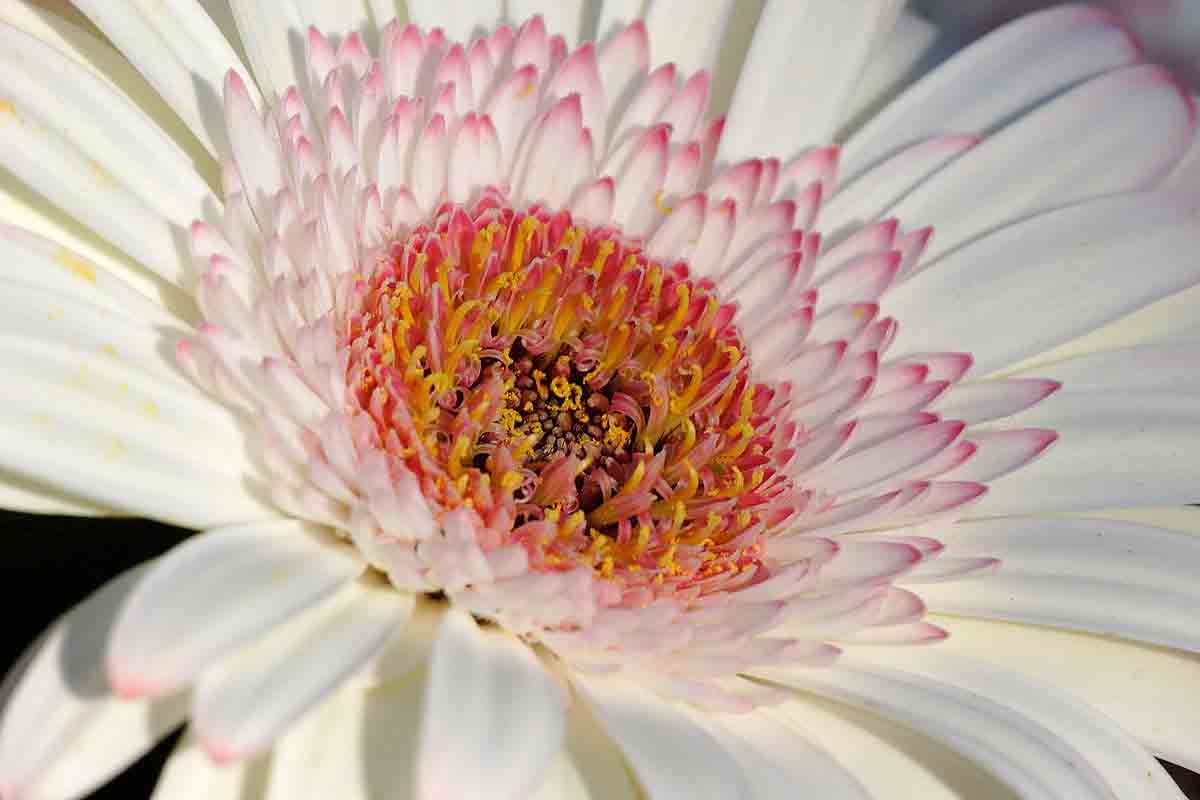
Gerbera morphological characteristics
Gerbera leaves are basal, rosette-shaped, leaves oblong to oblong, 10-14cm long, 5-6cm wide, short pointed or slightly obtuse at the tip, tapered at the base, irregularly pinnately lobed or deeply parted, without above Hair, underneath pubescent, depilated in old age. Its midrib is convex on both sides, and the lower side is thick and conspicuous. There are 5-7 pairs of side veins, connected by curved arches away from the margin, and the network veins are slightly obvious. The petiole of the gerbera is 7-15cm long, with thick longitudinal ribs and somewhat hairy.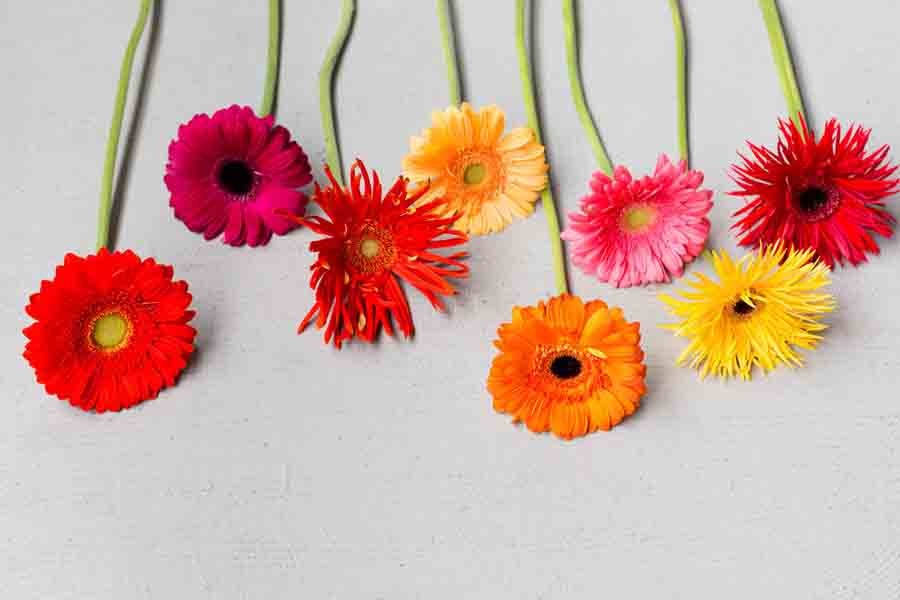
Gerbera efficacy and role
The ornamental value of gerbera
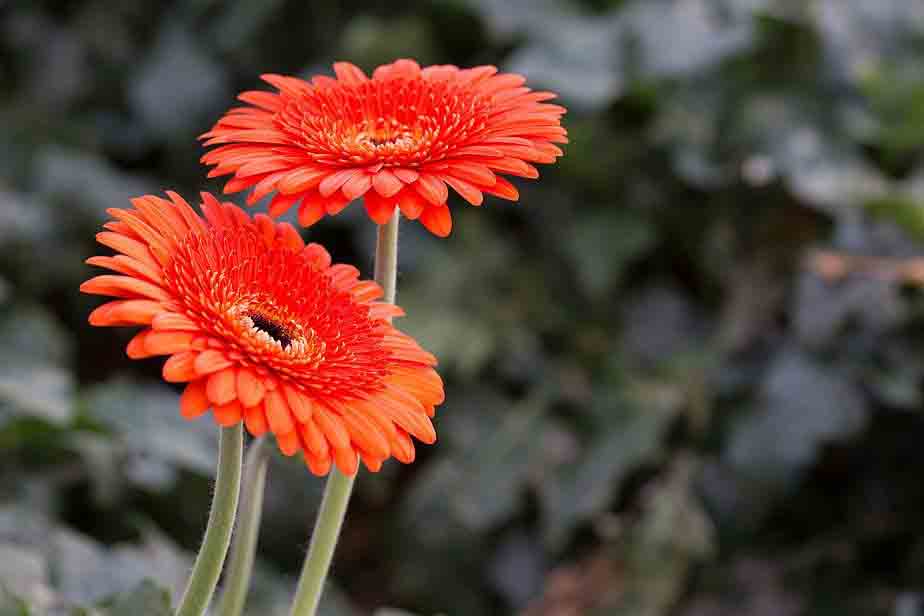
The environmental value of gerbera
Gerbera has the function of removing formaldehyde and benzene pollution caused by decoration. It is a green weapon against formaldehyde and benzene and can keep the indoor air fresh.Gerbera growth habit and growing environment and distribution
Gerbera is native to Transvaal in southern Africa and is commonly cultivated throughout China.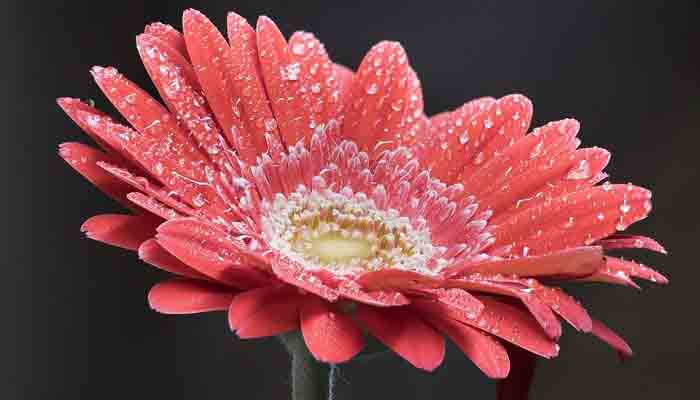
Gerbera cultivation
Gerbera sowing and seedling
The seeds of gerbera are directly sown in a plug with a hole diameter of about 3.5 cm. The sowing medium can be slightly fertilized peat, with a p hour value between 5.0-5.5 and a gamma value between 1.2-1.5 mS/cm. You’d better sow seed in each hole of the plug, water it and add a fungicide. Gerbera seeds need light to germinate, so do not cover the seeds after sowing. It’s a good choice to put the plug on the nursery bed in the greenhouse and cover it with a plastic cover. During the germination period, you’d better maintain a high humidity level, and lightly irrigate or use aerial spray.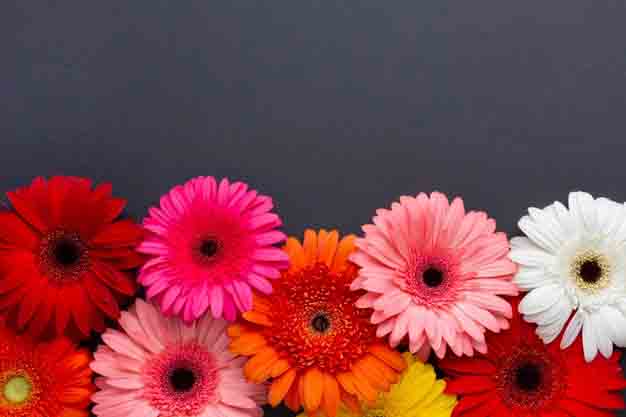
Colonization of Gerbera
Gerbera is an annual flowering plant. The planting season is not limited, but from the perspective of production and sales, the most suitable planting period is from late March to mid-April in spring. Flowers can be picked in autumn and blooming in winter. Staggered planting, plant row spacing 40cm×50cm, planting 6-8 plants/㎡. Too high a density is susceptible to pests and diseases, and the number of flower buds decreases; too low a density affects the economic output. Because the root system of gerbera has the characteristics of shrinking old roots, and the leaves are basalized from the stem, the planting should be shallow planting, and the root neck should be slightly exposed to the soil surface. If the planting is too deep, the plant will shrink and sink with the old roots. When the growing point is buried in the soil, the buds of gerbera are not easy to grow out of the ground, which affects flowering.Latest Updated
- Benefits of Bugleweed - 7 Science-backed Health Benefits
- Bugleweed Dangers & Side Effects - Is It Poisonous?
- How to Plant Evergreen Trees - What You Should Know
- When to Plant Evergreens - Grow Guide for Evergreen Trees
- 12 Wonderful Evergreen Shrubs for Your Garden
- 12 Popular Evergreen Plants with Pictures for Beginners
- When And How To Prune A Lilac Bush Like a Pro
- How to Grow & Care for Lilac Vine (Hardenbergia Violacea)
- Japanese Lilac Tree (Syringa Reticulata) Care & Propagation Guide
- Shumard Oak Pros and Cons - What to Know
Popular Articles
- Winter maintenance of Antirrhinum Majus
- How to Grow Terminalia Mantaly Tree
- How to Grow and Care for Crossostephium Chinense
- How to grow Antirrhinum Majus in spring
- Peristeria Elata (Dove Orchid) Profile: Info & Care Guide
- Underwatered Snake Plant (Sansevieria Trifasciata) - Signs And How To Fix
- How to Care for Brazilian Jasmine Plant (Mandevilla Sanderi)
- How to Grow & Care for Graptopetalum Purple Delight in Summer
- Rosa Chinensis (China Rose): Plant Growing & Care Tips
- How to Care for Baby Sun Rose (Aptenia Cordifolia)